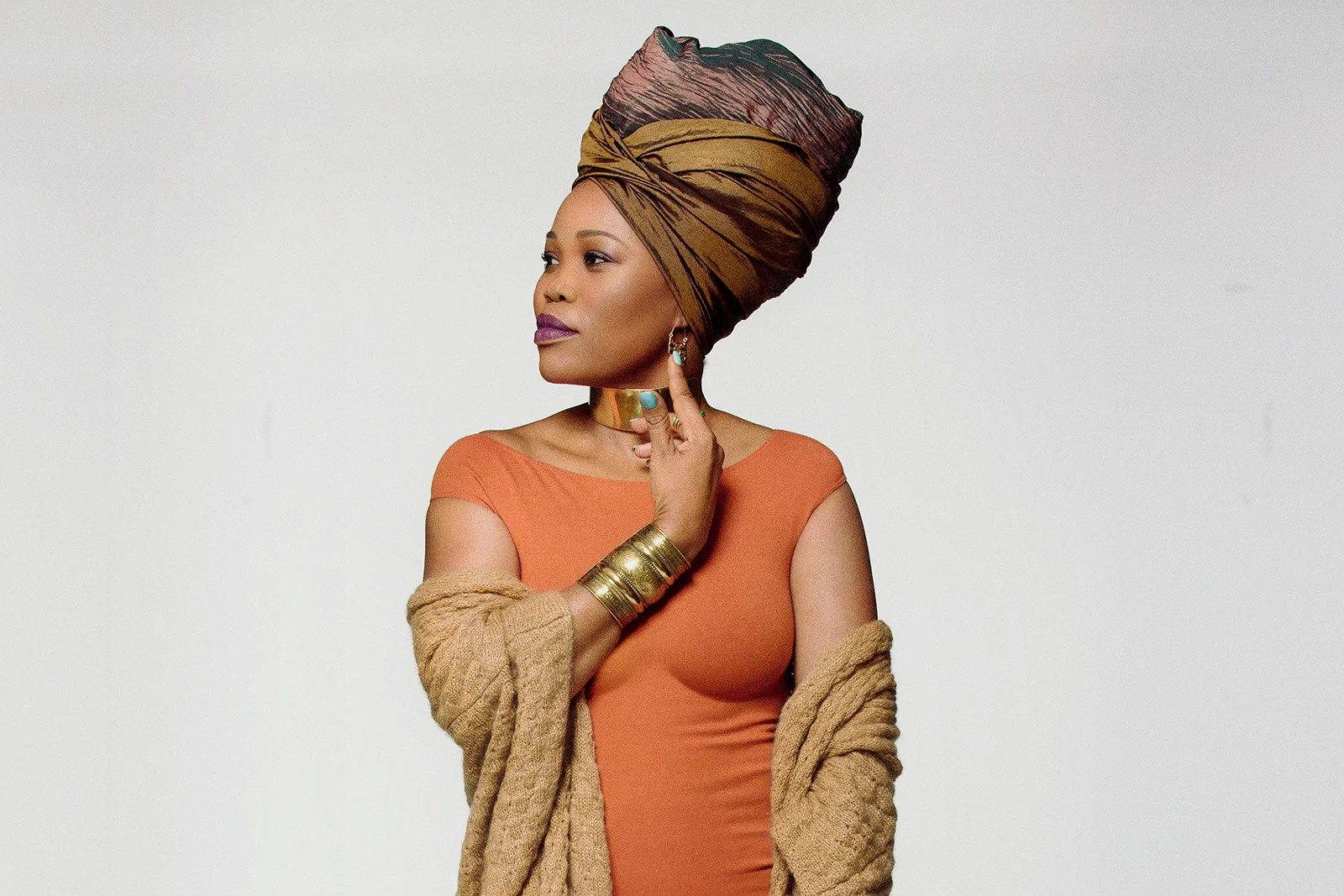Queen Ifrica has described her recent coronation as Queen of the Trelawny Town Maroons as an immense responsibility, and has affirmed that she is committed to uniting all Maroons.
Her affirmation comes amidst a rising debate amongst some Maroons as to whether Accompong Town in St Elizabeth, or Packity in St. James, is the location of the real Kindah Tree, the place where the peace treaty that formally ended hostilities between the Cudjoe-led Trelawny Town Maroons and the British was signed in 1739.
“I’ve taken a lot of time away from music. One of my main focus have a a great portfolio now where I was just crowned the queen of the Trelawny Town Maroons. And so that’s a very great responsibility, a very great portfolio,” she told Reggae Interviews following her performance at the Reggae Land Festival in the UK.
“It’s about bringing Jamaica back together bringing the Maroons back together in that kind of unity that our ancestors always wanted and I think we’re on our way there because the dialogues have begin and you know we’re coming to the consensus that it’s only the ultimate unity that will save us as a people,” she said.
On May 31 Ifrica had shared on Instagram that she had, on the previous day, made “a sacred pilgrimage to the Real KINDAH TREE In Kojo Town, where the indigenous blood oath was ratified”, and again on June 3, images and videos of herself under what she insisted was the real Kindah tree, in Trelawny Town in Packity, near the Petty River in St James.
“In order for Jamaica and Jamaicans and Africa and the world to be free of war we must return to this cotton tree near petty river in Pakity Flags staff trelawny town (kojo town the one and only maroon town). #1maroon #1trelawny town #1jamaica…,” she wrote, adding: “As the newly appointed honorary queen mother of the Trelawny Town maroons. I would ask of all of us to do the right thing by our people”.
Historically, the Richard Currie-led Accompong Maroons in St. Elizabeth have claimed the Kindah Tree—a mango tree in their community—as the site where the oath was signed. The treaty, signed under British Governor Edward Trelawny, granted Cudjoe’s Maroons 1,500 acres of land between their strongholds in Cudjoe’s Town (Trelawny Town) and Accompong in the Cockpit Country.
However, in the video shared by Queen Ifrica, Alex said, among other things, that Accompong was not the location where the peace treaty was signed between the British and the Cudjoe-led Trelawny Town Maroons, which formally ended their hostilities in 1739.
“Jamaica is a deeply spiritual place that must be respected, that must be preserved, and our people, especially the youth, need to know the story of our origin. This is the real Kindah tree. No disrespect to anyone, but the mango tree in Accompong is a symbol of their unity – the people in Accompong, but it is not the real Kindah tree, and Peace Cave is not the place that the Maroon Treaty of the West, the Blood Oath of the West was solemnized,” he declared.
“It was here, and without a shadow of a doubt, based on historical records, this tree was already ancient by the time the British met Cudjoe and his people there to make peace,” he added.
Alex also insisted that as a consequence, the cultural integrity of Trelawny Town muste be preserved for posterity, and the truth be told about its importance in Jamaican history. According to him, it was his duty to and a “true joy to stand beside them” and to “help them with their spirituality and their pursuit to know themselves spiritually”.
“A place like this must be preserved, and the Trelawny Town Maroons, you know, the great men here, the Trelawny Town Maroons, are pushing to do that preservation, to ensure that the rising generations will know about this tree and its importance, and it is hoped that every year from here on out, the pilgrimage there will be restarted as it’s supposed to be done,” he added.
According to Alex, the Trelawny Town Maroons were the ones who refused to acquiesce to the British demands that they betray enslaved Africans, which brought them to the point where many were exiled.
“The Trelawny Town Maroons went through hell and earth for fighting for the rights of the people of this land. They were exiled in 1796 because they realized that the British wanted them to capture other people, people who looked like them, and they said ‘no, we won’t do it’, and decided to start the fight again to completely remove the British colonizer from Jamaica land we love,” he stated.
“They did not get the support that they wanted from their brethren nearby, and that’s another story for another day, but they were exiled. Many of them fled into these woods and other woods to be able to stay on the land that they love, and after so-called slavery, many descendants returned, and now they are organizing themselves to rebuild their legacy and to restore their legacy,” he added.
As for Accompong Town, it is a landlocked expanse in Jamaica’s Cockpit Country. It is named after its founder Accompong, brother of Quao, Cuffy, Cudjoe, and Nanny, the leader and founder of Nanny Town, who were well trained soldiers from the Ashanti area of West Africa.
They had the British militia and slave masters in Jamaica their mercy in a guerilla warfare, for centuries until 1738, when, after being beaten into submission, the British soldiers yielded and made their way to the hills of Accompong where the Maroons had settled, to beg their chief Colonel Cudjoe for peace.

